Generally, LEGO therapy groups are organised by speech and language therapists. However, they can be beneficial to anyone working with children either at home or in early education, wishing to promote language development and communication skills in children.
There is no reason why a parent could not engage with this form of therapy to help their child's communication and social interaction; all you need is some LEGO bricks and some booklets of instructions to have something to follow in terms of directions.
Likewise, as a resource in an early education setting, LEGO therapy can be beneficial in encouraging children who need support with social engagement, communication, and language.
Often at this early age, a child might display traits of Autism Spectrum Disorder (ASD), but might not yet be diagnosed, so interventions such as this help the teacher work with parents in supporting communication safely and playfully.
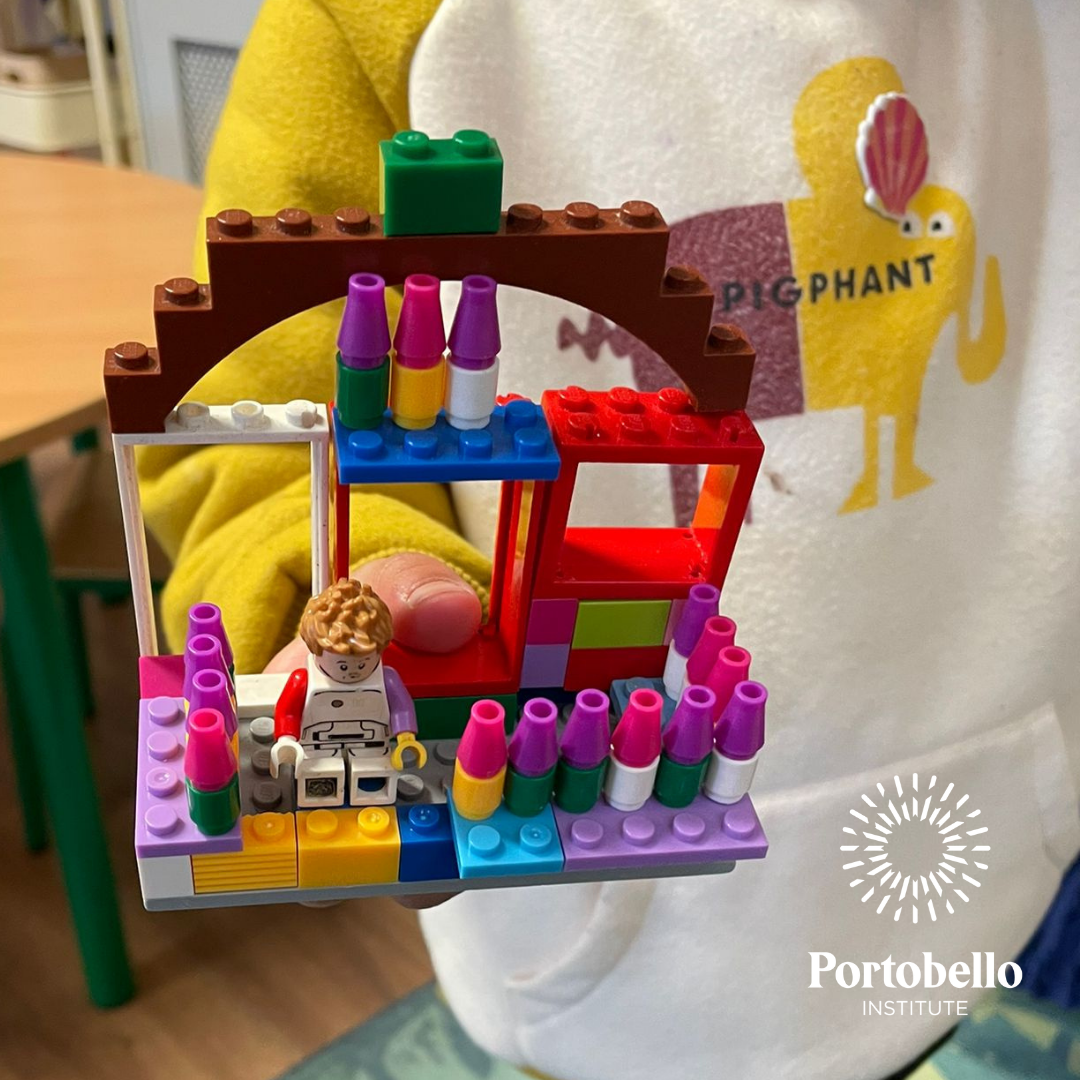
The idea behind LEGO therapy is that it provides a therapeutic intervention that is designed to support children and young people with ASD, or social and communication and language delays.
This type of therapy encourages children to ask questions and initiate communication, so through engagement with the LEGO resources, the child's natural curiosity promotes interactions and enables them to become more comfortable communicating with others in social circles.
Children will develop eye contact, communicate, and break down questions and queries. Very often, children will seek confirmation when they are making or planning something within their given role.
The encouragement that the therapist/teacher/parent provides the child with to share and discuss what they have created means that we provide opportunities for children to use descriptive language.
They learn and observe social cues, such as taking turns, waiting, and an awareness of others around them, which is a vital part of communication, particularly something that children with ASD need some support with.
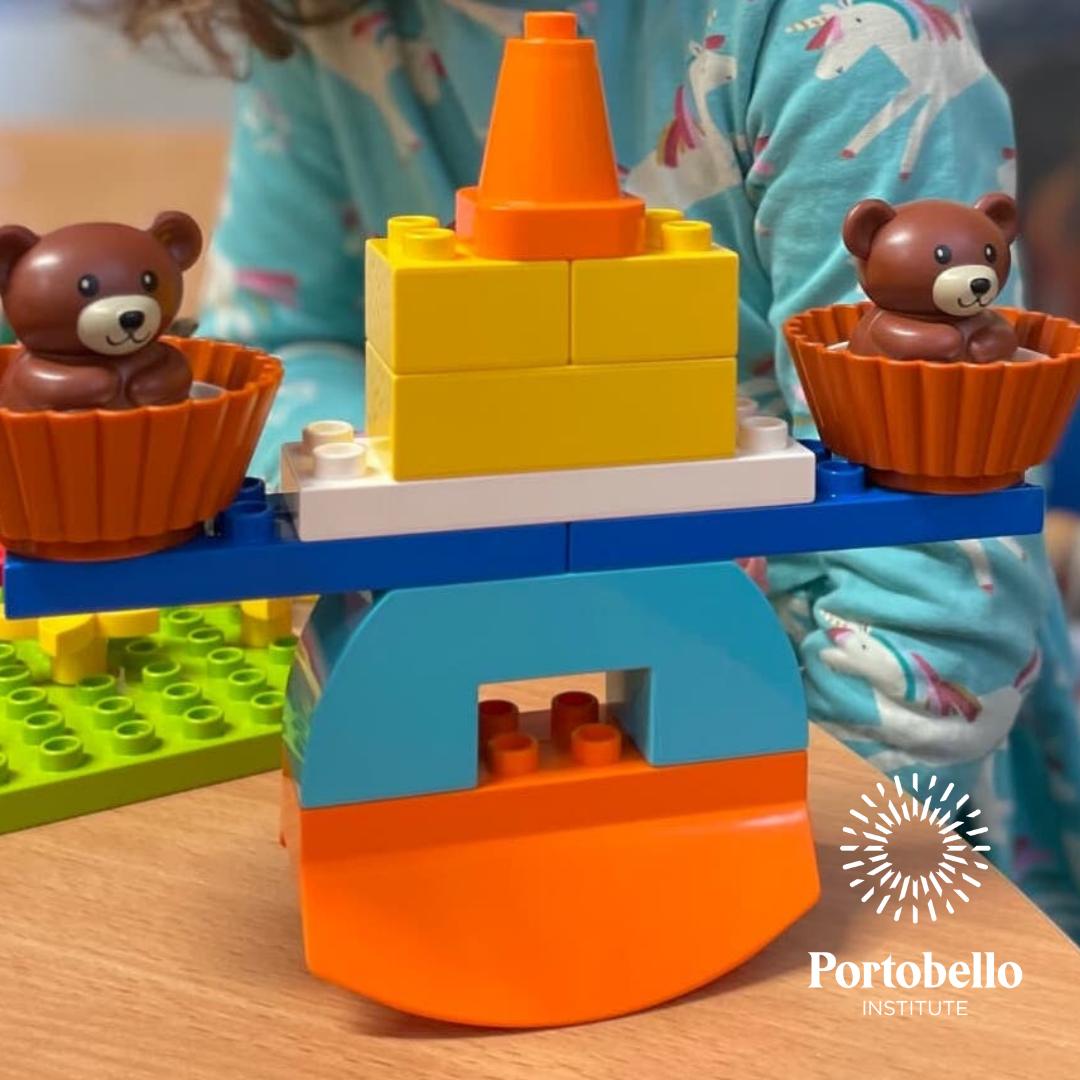
Ideally, children who develop these skills during LEGO therapy will take the skills with them into other activities they engage in both in the early years setting and at home.
The popularity of LEGO therapy has risen over the past few years, with this intervention typically being organised in groups of three children, but sometimes there can be opportunities to include up to four.
The goal is for the children to complete the LEGO building activity while working as part of a group or team, focusing on promoting social competencies.
The Roles Include:
The Engineer – where the child plays the role of the person overseeing and designing the building; during this time, they provide instructions to the others as to how they should proceed, while they use the instructions provided in the Lego booklet to help guide them.
The Supplier – This child takes the lead regarding the LEGO bricks themselves; they are responsible for locating and accessing the LEGO bricks, following the directions given by the engineer, and then supplying them to the builder.
The Builder – Here, the child takes on the role of the person building the design, putting the bricks together to complete the project, while interacting with the supplier and the engineer and following the directions provided.
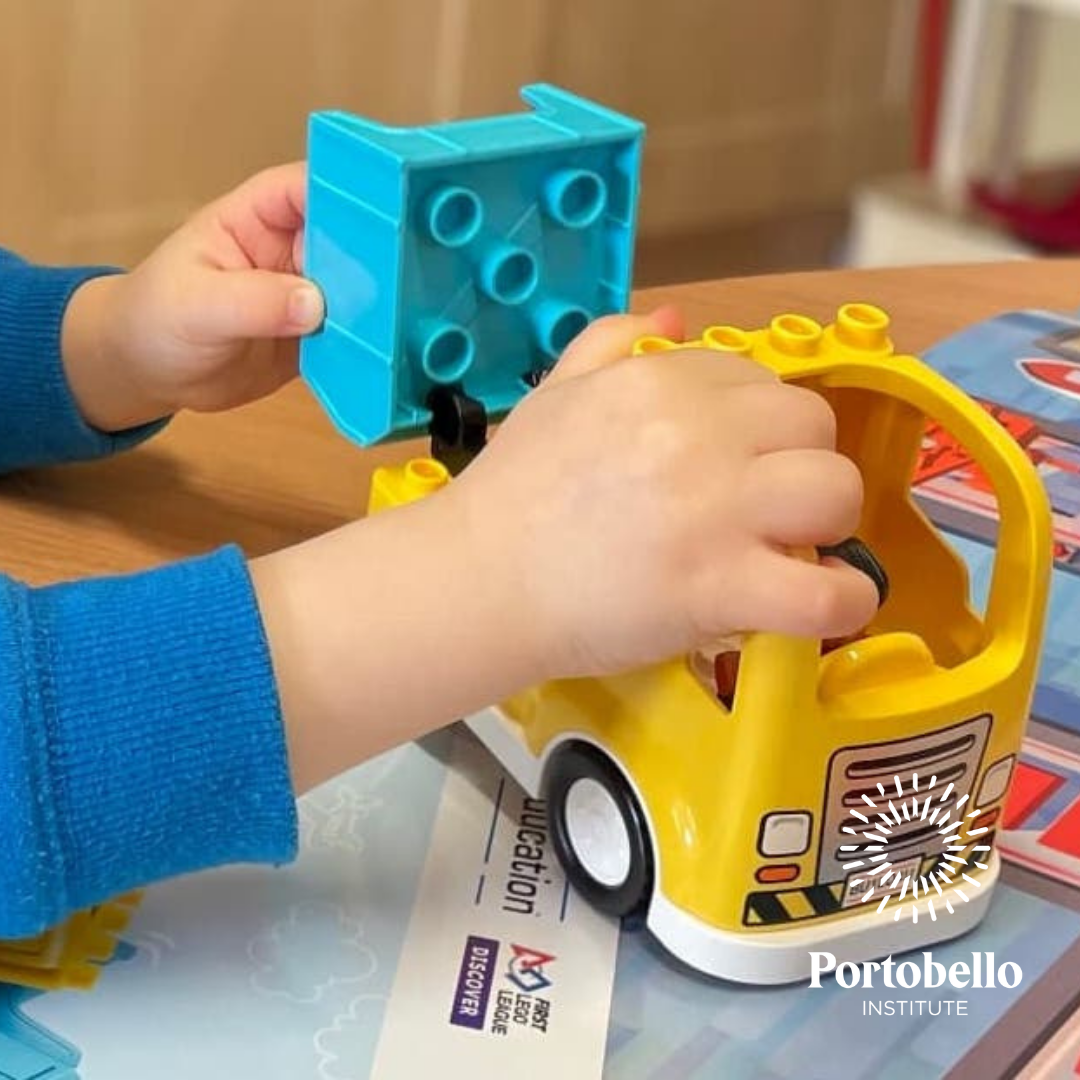
As you can see from even the descriptions of the roles undertaken, there are a lot of opportunities for the children to work together and engage in social interaction and communication so that they can complete the building.
This intervention aims to help young children with ASD or social and communication difficulties begin to ask questions, initiate communication with their peers, develop and maintain eye contact, use descriptive language and develop turn-taking, problem-solving, and task focus skills.
Children will begin to use expressive and receptive language and become more aware of verbal and non-verbal cues, which are all vital parts of successful communication.
So How Does it all Work?
LEGO therapy is a fun multisensory play activity that can help your child develop social skills and language.
The roles and the level of engagement can be as complex or as simple as the child needs, depending on their age and ability.
So there is no reason why it cannot be implemented with children in early education to enhance and promote social interaction and communication skills.
It is really easy to include story time in these sessions to further language development. Role play and drama elements will help encourage social skills, interaction, and peer collaboration.
Children can either act out a story from a book or a situation they wish to share from a previous experience or adventure at home. These activities encourage children to communicate, share ideas, problem solve and engage with each other.
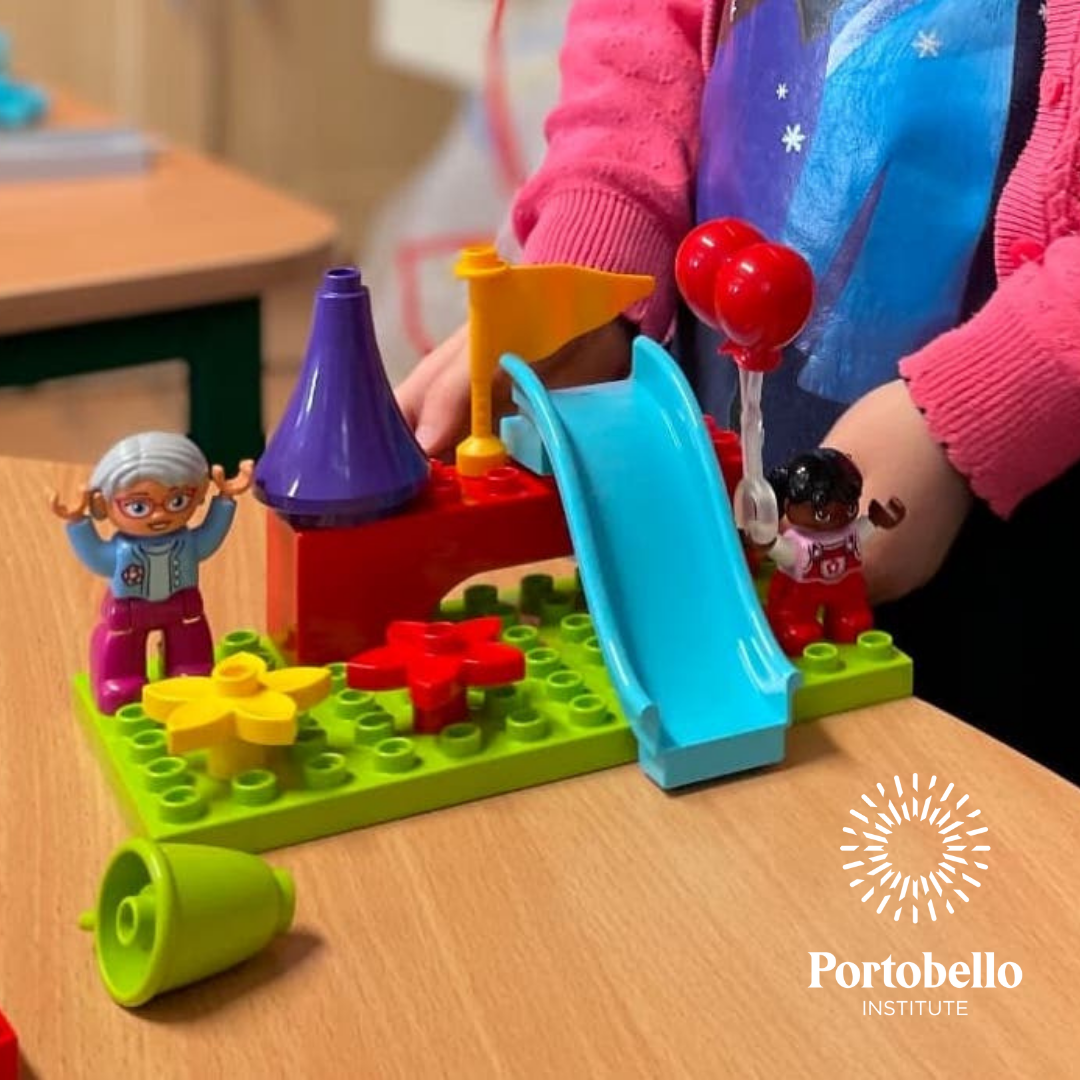
Carefully Designed Rules
Of course, as with any social activity where children will be interacting, there is a need to ensure that some adaptable rules are in place.
Depending on the child's ability and age, these rules can be changed to reflect this.
The rules are nothing elaborate, just simple awareness of social etiquette that we all learn as we grow up and engage with other people. So, for example:
- Using your inside voice when speaking
- Remaining calm and not shouting
- One person speaking at a time
- Always use polite words
- Remembering to listen to others and respect what they say
- No touching other people
- No hitting or kicking
- LEGO bricks should not be placed in the mouth or chewed
- And remember to help tidy up when the activity is finished
As you can see from the above, the rules are similar to those that we would be encouraging children of this age to be more aware of anyway, so by implementing this intervention to help improve communication and language development, you are not highlighting the fact that particular children have different needs.
As I have indicated previously, while LEGO therapy was initially designed to support language and communication in children with ASD, there is no reason why it cannot be included in an early years classroom to help areas of development and social skills.
Research into LEGO therapy shows that children improve in social interaction, motivation, and communication with their peers, particularly evident in children with ASD (Le Goff, 2004; Owens et al., 2008).
Now, as with any activity, particularly one where children will be working together to create or design one item, there can be miscommunication and misunderstanding among the group.
The role of the adult in this instance is to stand by and allow the children to resolve their issues together (again promoting the need for social interaction and communication); and all the time, the child is beginning to develop skills like patience, clarification, explanation, problem-solving, and listening (all STEAM concepts); but also skills which will enable these children to interact with children and other people as they step out into the world.
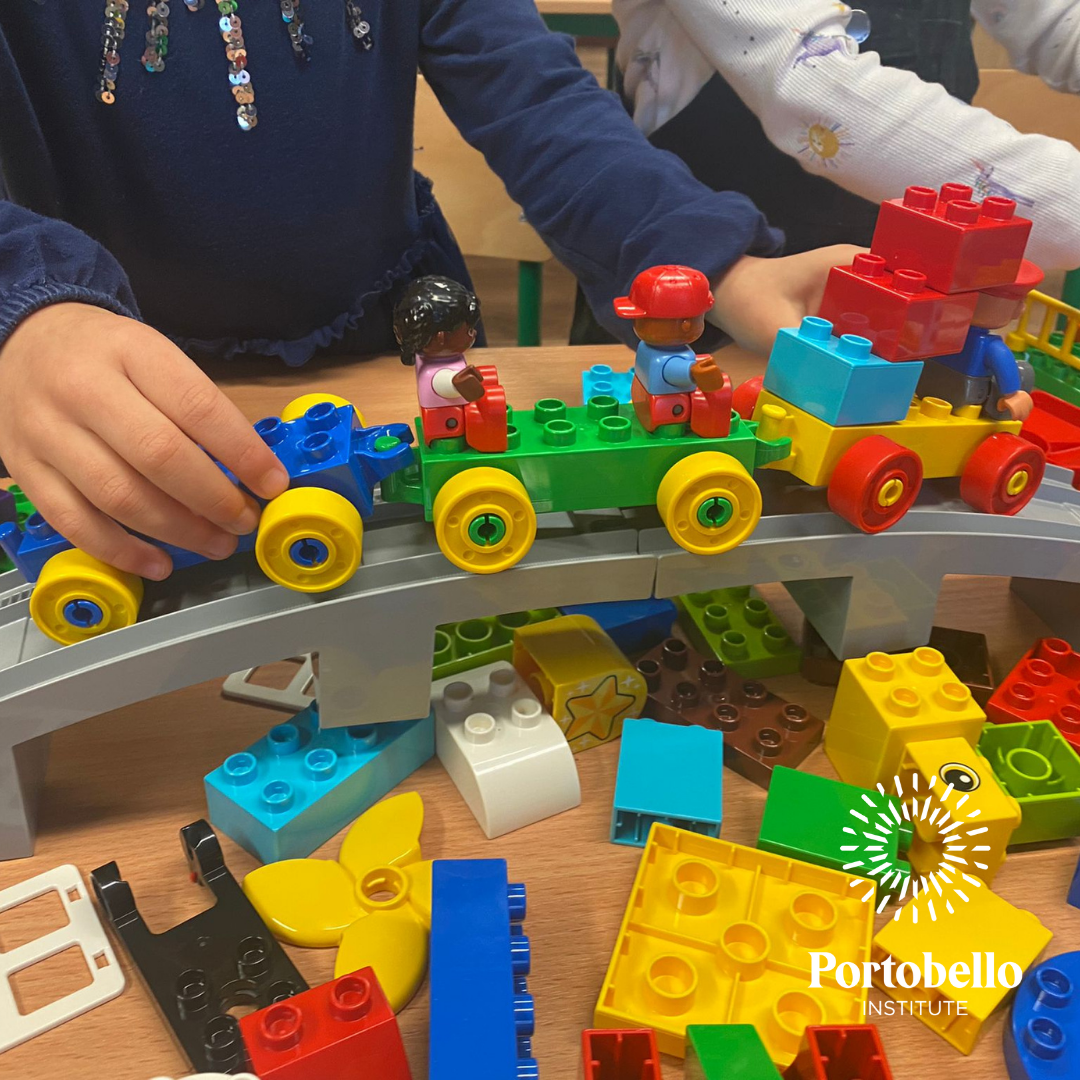
LEGO Therapy Works!
The role of the teacher or parent throughout is to ensure that the rules are adhered to, then stand back and encourage children to solve problems together, allow them to collaborate and interact so that they can achieve the end result as a team, the finished building or object is created.
The facilitator in this process has an important role; as with all children, there will be one who wants to follow the directions precisely, while another might like to experiment a little bit and see how things go, so it is essential to remind the children of the rules, offer possible solutions when required, and keep things moving along and on task.
This all seems like a straightforward idea, and it is, but research shows that this intervention works exceptionally well, and as LEGO is play, children don't see this as a therapy or as a chore – it is simple fun, which helps to naturally promote interactions and communication where otherwise there might not be any.
Why not try it out with your child or children, particularly those with ASD, and see if you cannot help them become more successful communicators.
Read more: FIRST® LEGO® League Discover Supporting STEAM Concepts and the Language of STEAM in Early Education
About the Author
Marguerita Magennis Ph.D. MA. BA Hons, Course Coordinator Masters in Early Childhood Studies & Lead Lecturer BA Hons degree Early Childhood Studies at Portobello Institute. Read more on Dr M's Thought's blog here.



.png?width=1200&name=Michelles%20Blog%20Feature%20Images%20(14).png)
-2.png?width=352&name=Untitled%20(1000%20x%20500%20px)-2.png)
.png?width=352&name=Untitled%20design%20(2).png)